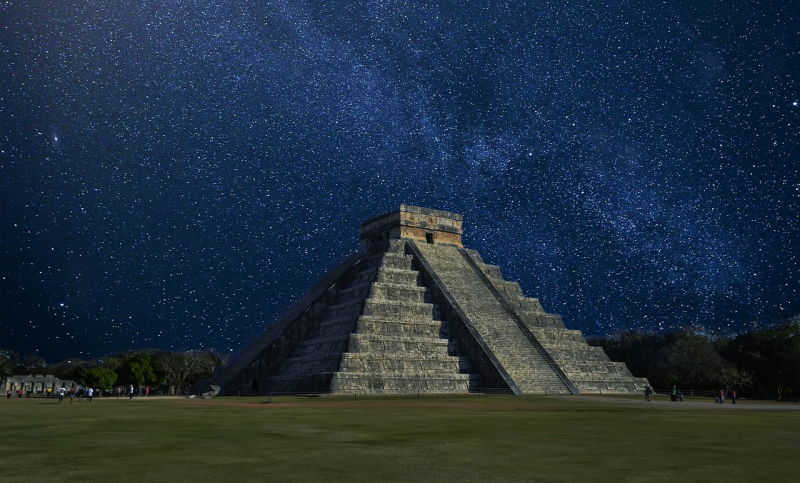The Maya Were Great Astronomers
The Maya recorded astronomical data on the movements of the sun, moon, Venus, and stars in their painstaking observations of celestial bodies. Despite the fact that the Haab year had just 365 days, they were aware that a year is significantly longer than 365 days. The Maya reckoned that the year was 365.2420 days long (the actual approx value is 365.2422 days). This figure is more accurate than the Gregorian calendar's value of 365.2425. As a result, the Maya were closer than our current calendar. According to Maya astronomers, 81 lunar months lasted 2392 days. This gives the lunar month a duration of 29.5308 days, which is astonishingly close to the modern number of 29.53059 days. They had a two-hour inaccuracy in measuring the 584-day Venus cycle. The Maya also kept track of Jupiter, Mars, and Mercury's movements, as well as astronomical data such as eclipses. Maya astrological knowledge was more precise and advanced than European knowledge.
The Maya were keen astronomers who meticulously recorded and interpreted every feature of the sky. They believed that the gods' will and acts could be read in the stars, moon, and planets, therefore they set aside time to study astronomy, and many of their most notable structures were designed with astronomy in mind. The Maya examined the sun, moon, and planets, particularly Venus.











